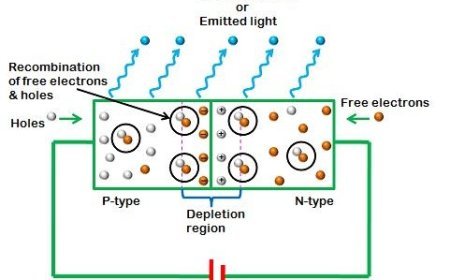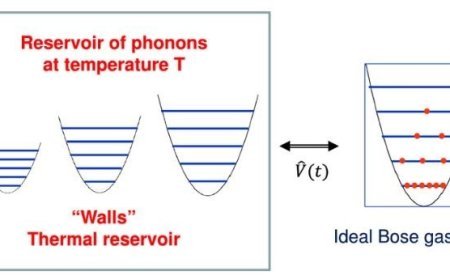Learning About Linear Accelerators
A linear accelerator (linac) is a powerful machine that accelerates charged particles like electrons and protons in a straight line using radiofrequency (RF) electromagnetic fields. Unlike circular accelerators, linacs deliver particles directly to a target with precision and efficiency. They are essential in cancer radiation therapy, particle physics research, materials testing, and even food sterilization. This article explains how linear accelerators work, their main parts, and their vital role in medicine, science, and industry.
Learning about Linear Accelerators
Linear Accelerator
A linear accelerator is a machine that speeds up charged particles, like electrons and protons, in a straight path. Unlike circular accelerators that use electromagnetic fields to make particles move in a circle, linear accelerators use a set of radiofrequency (RF) holes to speed up particles in a straight line.
Main Parts of a Linear Accelerator
- Electron Source: This is the place where charged particles, usually electrons, are produced. Common sources are thermionic guns or photoelectric devices.
- Accelerating Structures: These are the RF holes that use electromagnetic fields to speed up the particles. As particles move through these spaces, they speed up and gain energy.
- RF Power System: This system produces high-frequency electromagnetic waves to power the RF cavities, which create the fields needed to speed up particles.
- Beam Transport System: After speeding up, the particles must be guided to their goal. This is done with magnetic fields and lines that carry beams.
- Target: This is where the fast-moving particles go. In medical cases, the focus is usually a tumour that needs radiation therapy.
How Does a Linear Accelerator Work?
The process of how a linear accelerator works can be divided into several steps:
- Creating Particles: The first step is to produce electrons from an electron source.
- Initial Acceleration: When the electrons enter the first RF cavity, they encounter a quickly changing electromagnetic field that begins to speed them up.
- Sequential Acceleration: Each RF cavity raises the particles' energy more, making them go faster until they hit the target energy level.
- Beam Focusing: After speeding up, the beam of particles is directed using magnets to keep it straight and make sure it hits the right spot.
- Delivery to Target: At last, the high-energy particles are aimed at the target, which could be for study or medical treatments.
Uses of Linear Accelerators
Linear accelerators are used in many different areas. Some important uses are:
1. Uses in Healthcare
- Radiation Therapy: Linear accelerators are commonly used to treat cancer. They use strong x-rays or electrons to aim at and kill cancer cells while protecting nearby good tissue.
- Diagnostic Imaging: Some linacs are used to produce high-energy beams for imaging, helping doctors get better pictures of internal structures.
2. Research Uses
- Particle Physics: Scientists use linear accelerators in labs to examine basic particles and how they interact. Researchers can set up certain settings to study the characteristics of materials.
- Materials Testing: Strong energy beams can test materials to understand their features, aiding scientists in areas like engineering and nanotechnology.
3. Uses in Industry
- Food Sterilisation: Linacs can be used to treat food with radiation, which kills germs and helps the food last longer without changing its quality.
- Quality Control: In manufacturing, linacs can check goods for flaws by using radiation to find problems in materials.
Why Linear Accelerators are Important
Linear accelerators are important for helping us learn more about science and for enhancing medical treatments. They help scientists explore tiny bits of matter and develop new tools that can help people. In healthcare, they offer important treatments for cancer patients, which help them live longer and better lives.
What's Your Reaction?
























